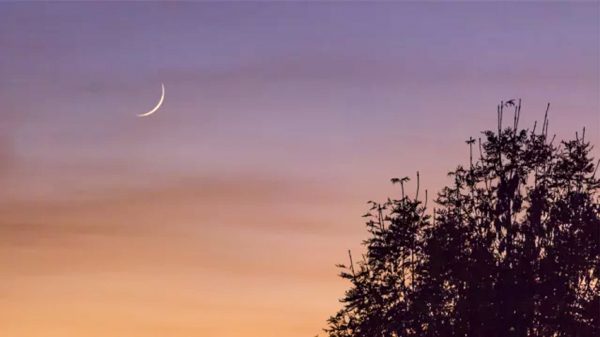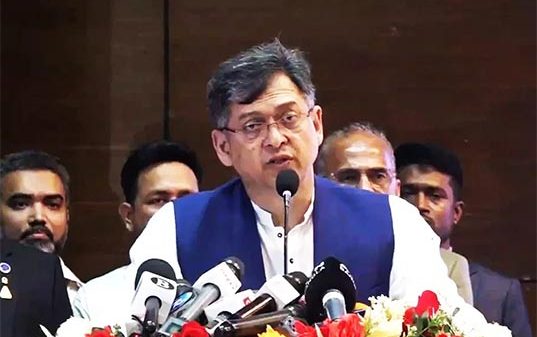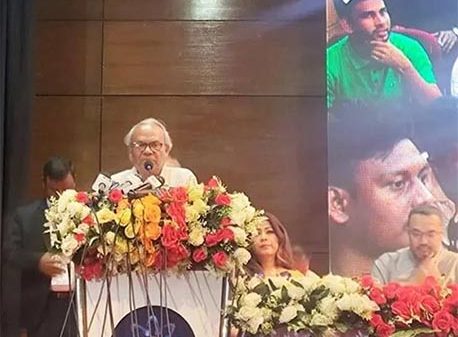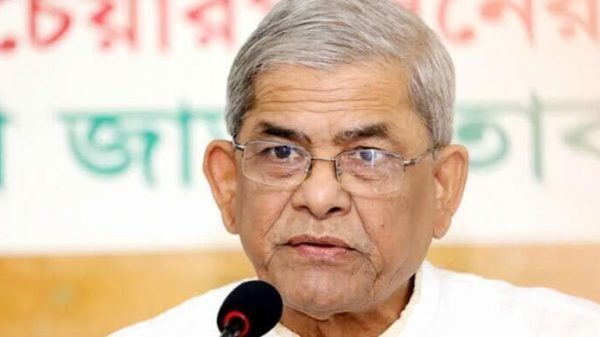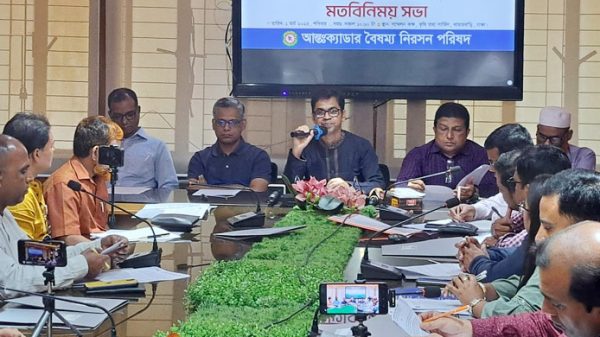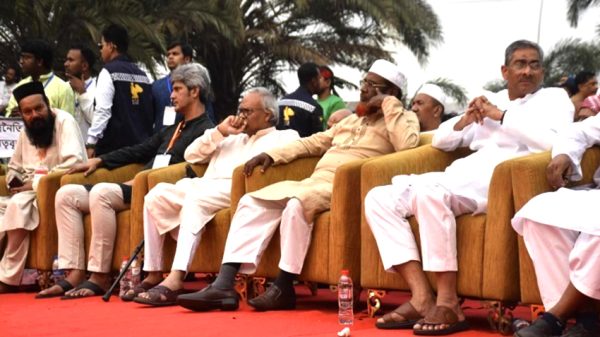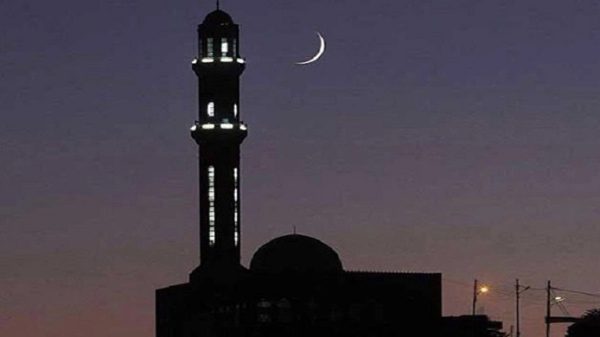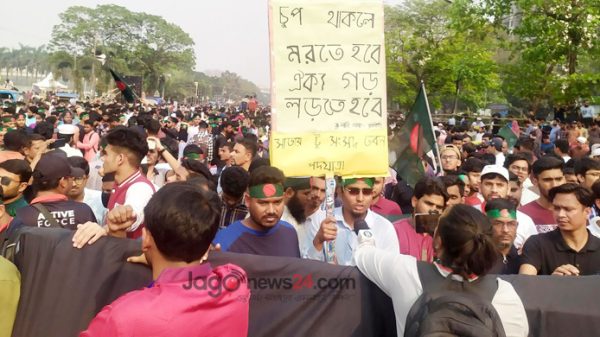What’s next? The rules of the road to Bangabhaban

- Update Time : Wednesday, 23 October, 2024, 03:29 pm
- 74 Time View
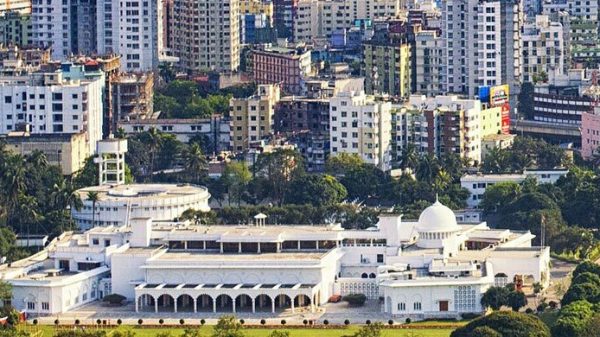
Online Desk : The exit of former Prime Minister Sheikh Hasina and leaving the country in the face of student-led uprising has sparked controversy following comments made by President Mohammed Sahabuddin. Students across the country are angered by his remarks and have rallied in protest, demanding his removal. The anti-discrimination student movement has issued a five-point demand, which includes the president’s resignation. On Tuesday, protests were held at various universities and districts, including outside Bangabhaban. Hefazat-e-Islam Bangladesh also released a statement calling for the president’s removal. Despite strong criticism of the president, political parties, including the BNP and Jamaat-e-Islami, have taken a more cautious stance on demanding his resignation or removal.
What does the constitution say?
According to Article 54 of the Bangladesh Constitution, if the office of the president becomes vacant, or if the president is unable to perform his duties due to absence or illness, the Speaker of the Jatiya Sangsad assumes the role until a new president is elected or the current one resumes duties.
However, current circumstances are unusual. Jatiya Sangsad Speaker Shirin Sharmin Chowdhury resigned on September 2, and Deputy Speaker Shamsul Haque Tuku has been arrested and is currently in jail.
On August 6, President Sahabuddin also dissolved the 12th Jatiya Sangsad. Given this political vacuum, questions have arisen about the process of the president’s resignation and who would receive his resignation letter.
Legal and constitutional experts weigh in : Legal experts argue that the situation has become unpredictable in light of the ouster of Sheikh Hasina and the ongoing student movement. Supreme Court lawyers suggest that, although the constitution remains intact, political realities might allow for the removal of the president in response to public demand, even without the usual constitutional mechanisms.
In a closed-door meeting on Tuesday (October 22), Law Adviser Asif Nazrul, Information Adviser Nahid Islam, and Chief Justice Syed Refat Ahmed reportedly discussed the situation, sparking further speculation about the president’s potential resignation and the appointment of a new one.
A complex process : According to Additional Attorney General Barrister Anik R Haque, the situation is complicated and will likely depend on how events unfold in the coming weeks. Senior advocate Subrata Chowdhury added that, if the president resigns voluntarily, there is no constitutional problem. However, in the absence of a speaker, the resignation could be submitted to the chief adviser of the interim government, such as Dr Muhammad Yunus.
Potential legal challenges : Sheikh Hafizur Rahman, a professor of law at Dhaka University, highlighted the potential for future legal complications. While the president can be removed either through impeachment or parliamentary procedures, the absence of a speaker creates a constitutional vacuum that could lead to questions about the legitimacy of the process.
How will a new president be appointed?
Supreme Court lawyer Ahsanul Karim explained that the president submits his resignation to the speaker, but with the speaker having resigned, the process becomes unclear. Articles 54 and 74 of the constitution would need to be read together to resolve this, but ultimately, parliament must appoint a new president.
Allegations of breach of oath : BNP leader Barrister Ruhul Quddus Kazal accused the president of violating his oath by publicly stating that he did not possess Sheikh Hasina’s resignation letter, despite earlier remarks suggesting that he had accepted it. This, Kazal argued, deviates from the president’s constitutional obligations and raises questions about his ability to continue in office.
Speculation and next steps : Legal experts and political commentators are closely watching the situation, with some suggesting that the president may resign in response to public pressure. Advocate Syed Mamun Mahbub, General Secretary of the Supreme Court Bar Association’s Constitution Preservation Committee, mentioned that any resignation would follow the “doctrine of necessity.”
What did the president say : President Mohammed Sahabuddin, in an exclusive interview with Matiur Rahman Chowdhury, editor-in-chief of Manabzamin newspaper, revealed that while he had heard about Prime Minister Sheikh Hasina’s resignation, he had not received any formal documentation or evidence to confirm it. The interview was published on Saturday (October 19) in Janatar Chokh, a Manabzamin supplement on political affairs. According to Matiur Rahman Chowdhury, if the Prime Minister had indeed submitted her resignation, there should be a record of it. Despite extensive searches over three weeks, no such document could be found, even in the Cabinet Division, where such records are typically kept. This led him to address the President on the issue directly. As per Article 57(a) of the constitution, any resignation from the Prime Minister must be submitted to the President. However, President Sahabuddin iterated that no resignation letter from Sheikh Hasina or related evidence had ever reached him.
President urges stability : In response to the growing debate, the president issued a statement urging calm and warning against creating new controversies around settled issues. He referred to the Supreme Court’s ruling from August 2024, which confirmed the legality of the interim government following Sheikh Hasina’s resignation.
Historical precedents : Bangladesh has seen heads of state come to power or leave office under unusual circumstances before. In 1975, Khandaker Mushtaq Ahmed assumed the presidency following Sheikh Mujibur Rahman’s assassination. In 1990, Hussein Muhammad Ershad was forced to resign after mass protests, and Justice Sahabuddin then took over as interim president. As the situation continues to unfold, the next steps regarding the presidency remain uncertain. With political tension high and student protests ongoing, all eyes are on how Bangladesh will navigate this unprecedented political crisis.

